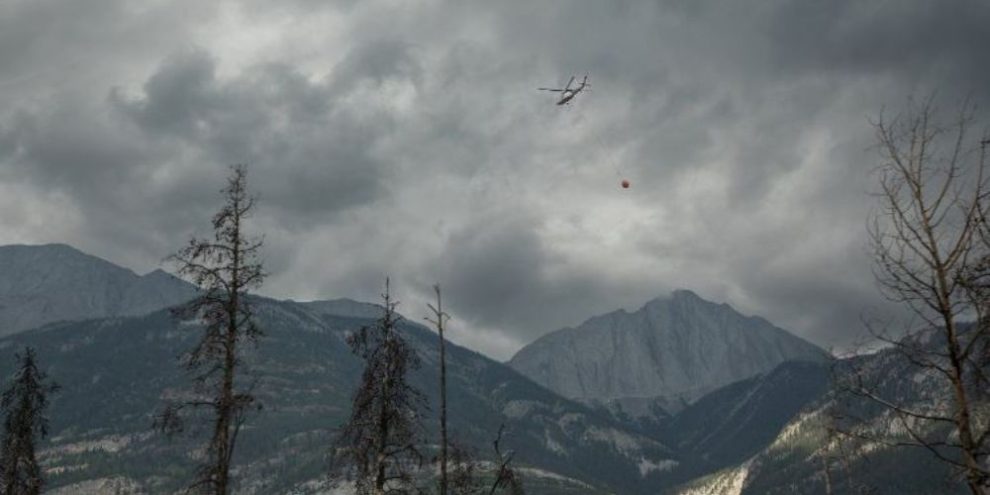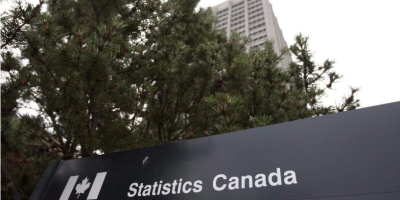
It could take more than a century for the freshly burned forest in Jasper National Park to regenerate into its previous postcard-perfect form, a wildfire expert says.
The dense forest's regrowth could be affected by how deep the fire burned into the ground and how many pine cones hatched like popcorn in the intense heat and released seeds — not to mention climate change more generally, said Jen Beverly, an associate professor with the University of Alberta's Department of Renewable Resources.
"This is not a catastrophe from an ecological perspective, but we do know there's a lot of uncertainty into the future," said Beverly, who has been studying wildfires for more than 25 years.
"Ecosystems are going to evolve and that might span decades to centuries where an open area becomes forested, then there's a disturbance, and now it's open again. We can't keep them like a postcard that doesn't ever change."
On July 22, wildfires cut road access through the park and forced the Jasper townsite's 5,000 residents, along with about 20,000 park visitors, to flee through smoke and ash. Two days later, the fire overwhelmed crews and hit the town, destroying one-third of its buildings.
Residents were allowed back Friday, but have been warned they may have to leave again with one hour's notice as the out-of-control fire continues to burn within the park.
Barrie's News Delivered To Your Inbox
By submitting this form, you are consenting to receive marketing emails from: Central Ontario Broadcasting, 431 Huronia Rd, Barrie, Ontario, CA, https://www.cobroadcasting.com. You can revoke your consent to receive emails at any time by using the SafeUnsubscribe® link, found at the bottom of every email. Emails are serviced by Constant Contact
Those returning were greeted by a changed landscape of blackened trees reduced to skeletons.
Beverly said some clues on how rapidly Jasper's landscape could regenerate are scattered elsewhere in the park where previous wildfires have struck.
Some of those clues can be found a 30-minute drive north of Jasper's townsite and a few valleys away in the Syncline Ridge area.
In 2003, Syncline's more than century-old spruce and pine trees overlooking a valley were burned all the way to the nearby highway, Beverly said.
Syncline's landscape was similar to the forest area south of Jasper's townsite before it, too, burned, she said. Both were affected by wildfires recorded in the early 1900s and had been referred to as "long unburned" forest.
"Now, Syncline is still classified as grass and it's been 20 years since that fire," she said.
"And that can change over time as forests establish. (The previous forest) took decades and decades for it to reach that stage of mature forests. So overall, anyone visiting the park who frequents it in the decades ahead are much more likely to see open landscape for quite a while."
Beverly said after a fire has travelled through a forest, it has typically left behind a healthy environment for regrowth.
"It's actually a really great process where the fire is killing the fuel trees, opening the pine cones, setting the stage for this beautiful seedbed," she said.
"This is a natural event and these ecosystems have evolved with fire."
Climate change is a player in the recovery, too.
"We know climate could have an impact on the way the ecosystem responds in the years ahead, or other things like continued drought," she said.
Evolving conservation efforts could also change how seeds sprout into new forests, Beverly added.
"We have to kind of accept management actions taken by people … Prescribed burning, removing fuels proactively to mitigate the area can all alter what those valleys look like," she said.
"And that could be quite interesting to watch in the years ahead as we see what comes back and how it looks over the next 10, 20, 50 years."
This report by The Canadian Press was first published Aug. 17, 2024.





